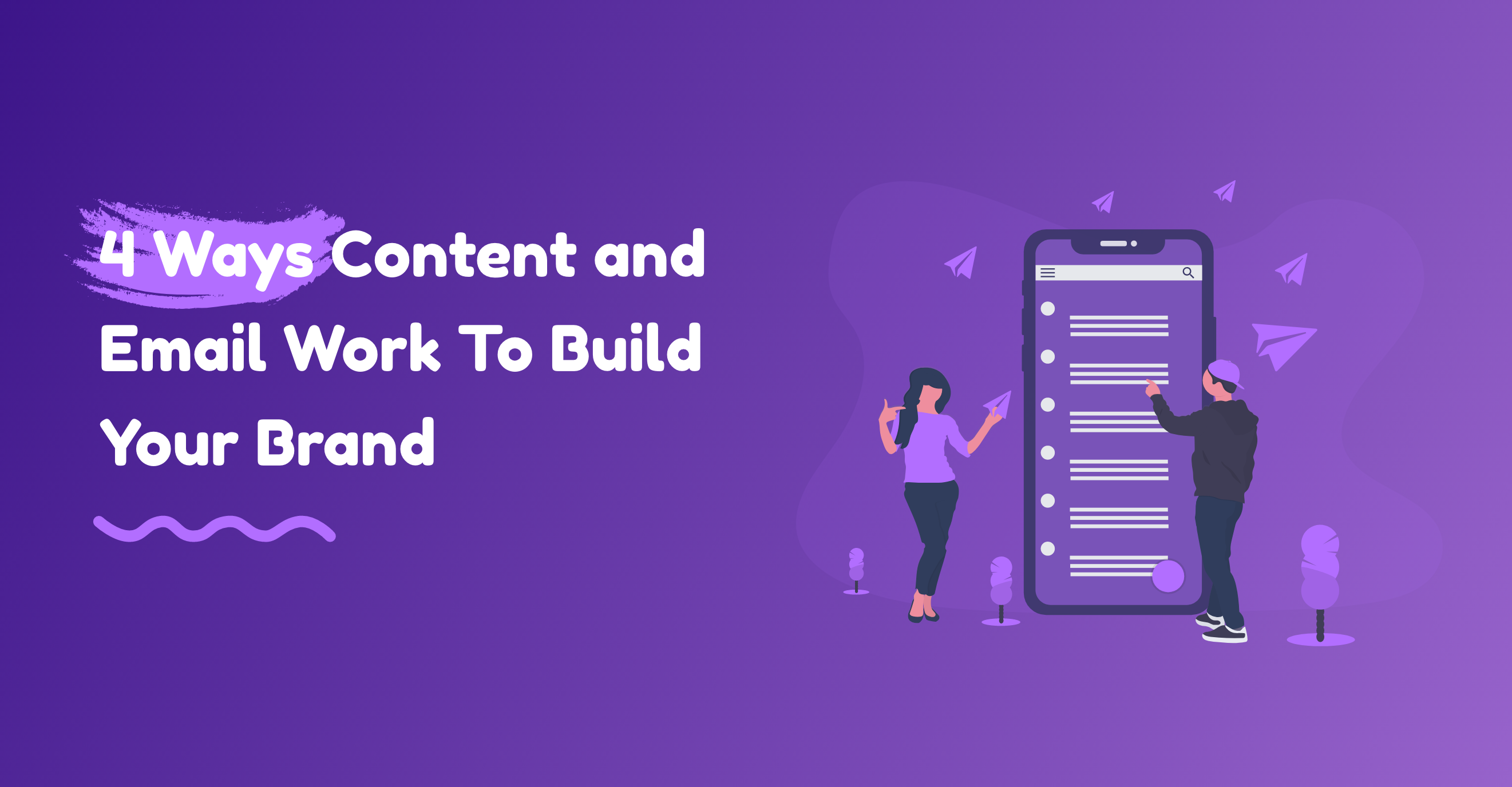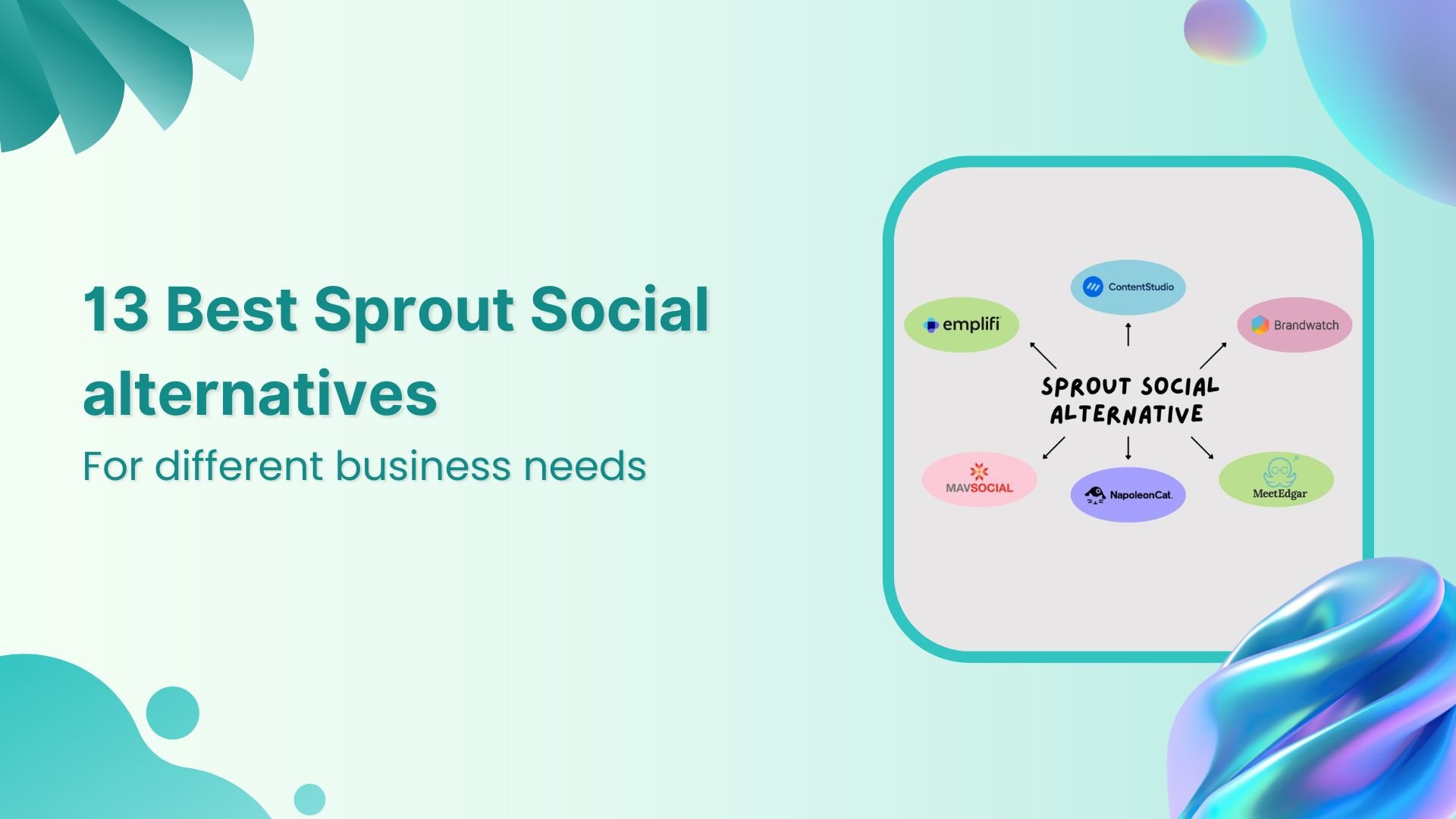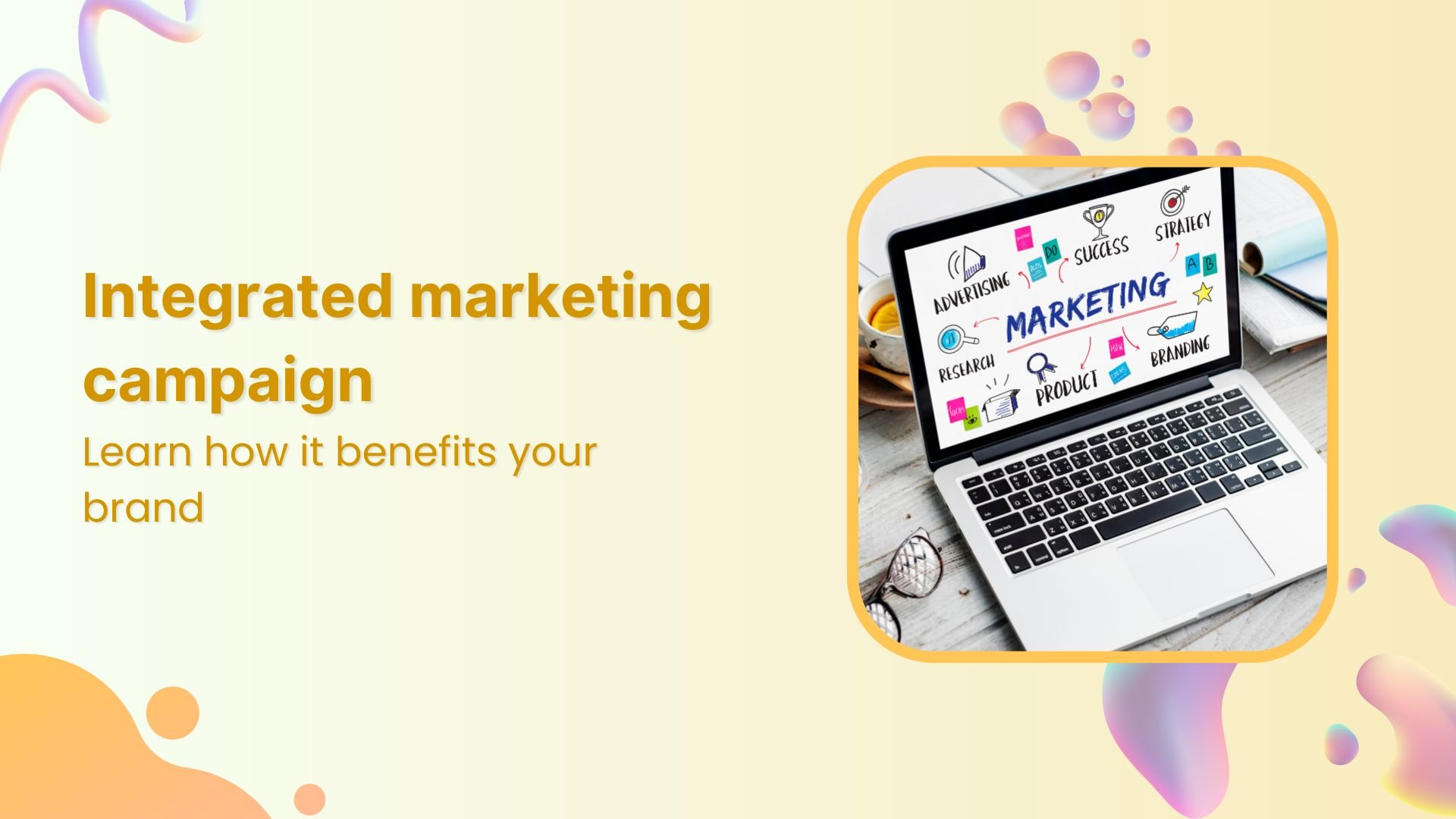Bulk-generate & schedule posts in seconds with Smart Scheduling. Try now!
4 Ways Content and Email Work To Build Your Brand

A vast majority of consumers want to learn about products through content, as opposed to traditional advertising. Meanwhile, email has more than 4.2 billion users worldwide, and the majority of them prefer to use email when communicating with brands.
This is what makes content marketing and email marketing two of the most consistently reliable digital channels when it comes to building a brand.
Read on to find out how content marketing and email marketing work to build your brand.
1. Content is the backbone of email marketing
Without content, you wouldn’t be able to craft an email, and early every element of your email is considered content. For example:
Subject line: The purpose of the subject line is twofold: 1) to provide a brief description of what your email is about, and 2) to entice the recipient to open your email here.
Preheader text: The preheader text is a short summary of your email that also serves to encourage email opens.
Body copy: This is the main message of your email. You should construct the body of your email in a way that leads the reader toward the email’s call to action (CTA). Furthermore, your email copy should be concise to prevent the reader from losing interest.
CTA: This usually comes in the form of a button and is designed to prompt the reader to take your email’s intended action (ex: making a purchase).
Images: Email images should not be treated as an afterthought. Use high-quality images that are in line with the core message of your email.
You need to make sure you write high-quality content when you craft all these email elements. Doing so improves engagement with your emails, which then leads to increased revenue.
2. High-quality content provides value to your customers
In today’s digital age, it is almost impossible to find companies that don’t have a website. More often than not, it forms the foundation of a brand’s entire digital strategy.
An excellent way to encourage people to visit your website is to maintain a blog page that contains excellent content. Your blog should be the cornerstone of your entire content marketing, so don’t neglect it.
Create informative, helpful, and entertaining content for your audience on a regular basis. Your content can come in the following forms:
Blog articles: “How To” articles aimed at answering your audience’s questions or resolve their pain points
eBooks and whitepapers: Downloadable resources that provide in-depth information and insight into specific topics.
Case studies: Share customer success stories with your audience in order to boost your credibility and gain their trust.
Videos: Similar to articles that answer a specific question, except in video form (ex: Moz’s Whiteboard Friday series)
By creating these types of content, you provide value to your audience and boost your brand’s credibility. Prospective customers will be more willing to do business with you because they trust you.
3. Email can increase traffic to your blog page
As loyal as your subscribers are, they don’t visit your website every day. This doesn’t mean that they aren’t interested in your content; it just means they’re busy people who have plenty of important things to do.
So how do you get your audience to notice your content? Through email marketing.
If you’ve already published high-quality content on your blog page, you can deliver it straight to your subscribers via email. This makes it easy for them to read your content. It also drives valuable traffic to your blog page and, therefore, your website.
The simplest and most effective way to new content is through email newsletters. When executed properly, your newsletter can help you educate your subscribers and keep them interested as an audience.
One thing you need to keep in mind when sending newsletters is your send cadence. Set proper expectations by informing your subscribers how often you’ll be sending them a newsletter.
Whether you send your newsletter weekly, bi-weekly, or monthly, remember to keep the same schedule. This way, you prevent subscribers from unsubscribing or reporting your emails as spam because you send too many emails.
You can also consider your subscribers’ preferences. In your email signup form, ask subscribers to choose how often they want to receive emails from you.
4. Email and content can work in harmony to improve awareness of your brand
Maximize the benefits of promoting your content via email by placing social sharing buttons on your newsletters. This encourages your loyal subscribers to share your content on their social media pages for their followers to see.
When subscribers share your content, it means they trust you and that they are recommending your brand to other people. Not only does it raise awareness for your brand, but it also boosts your credibility.
This makes it easier for people who are unfamiliar with your brand to trust you. They’ll also be more inclined to sign up to your email list. You can build on this momentum by sending welcome emails to your new subscribers.
A welcome email that includes an exclusive “new subscriber” offer enables you to stay top of mind with your audience and, at the same time, boost your revenue. According to data, the revenue for welcome emails is 320% higher per email compared to other types of emails.
Wrap up
Different brands have different digital marketing strategies, and there is no universal solution for any brand. It’s important to diversify and cover all your bases by leveraging all digital marketing channels, such as content marketing, email marketing, social media, and paid advertising.
That being said, content marketing and email marketing are two channels you should focus on.
With meaningful, educational, and well-written content, you can answer your customer’s questions about certain topics and help them resolve their pain points. This has a significant impact on developing a good relationship with your customers.
Meanwhile, by leveraging the power of email marketing, you can promote your content, drive traffic to your website, increase engagement with your subscribers, and generate leads that you can convert into paying customers.
Guest blog post by Ash Salleh who is the Director of SEO at Campaign Monitor, where he works closely with content, copy, and analytics teams to improve site-wide optimization. Prior to his time at Campaign Monitor, he also provided SEO and digital marketing expertise at Zappos and Axiata Digital. You can find him on Gravatar.
Recommended for you

13 Best Sprout Social alternatives for effective social media management

150+ Black Friday quotes, hashtags, and slogans to boost sales

Why is an integrated marketing campaign beneficial for your brand?


Powerful social media management software
14-day free trial - No credit card required.
